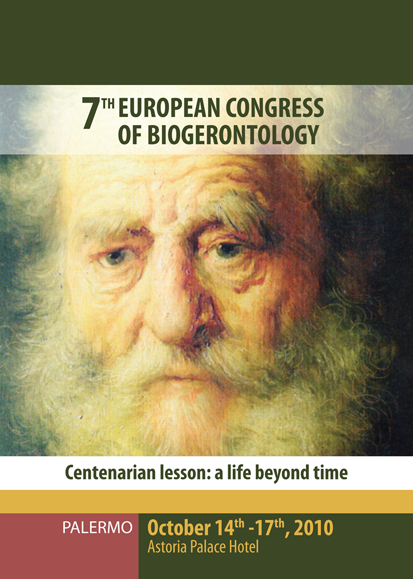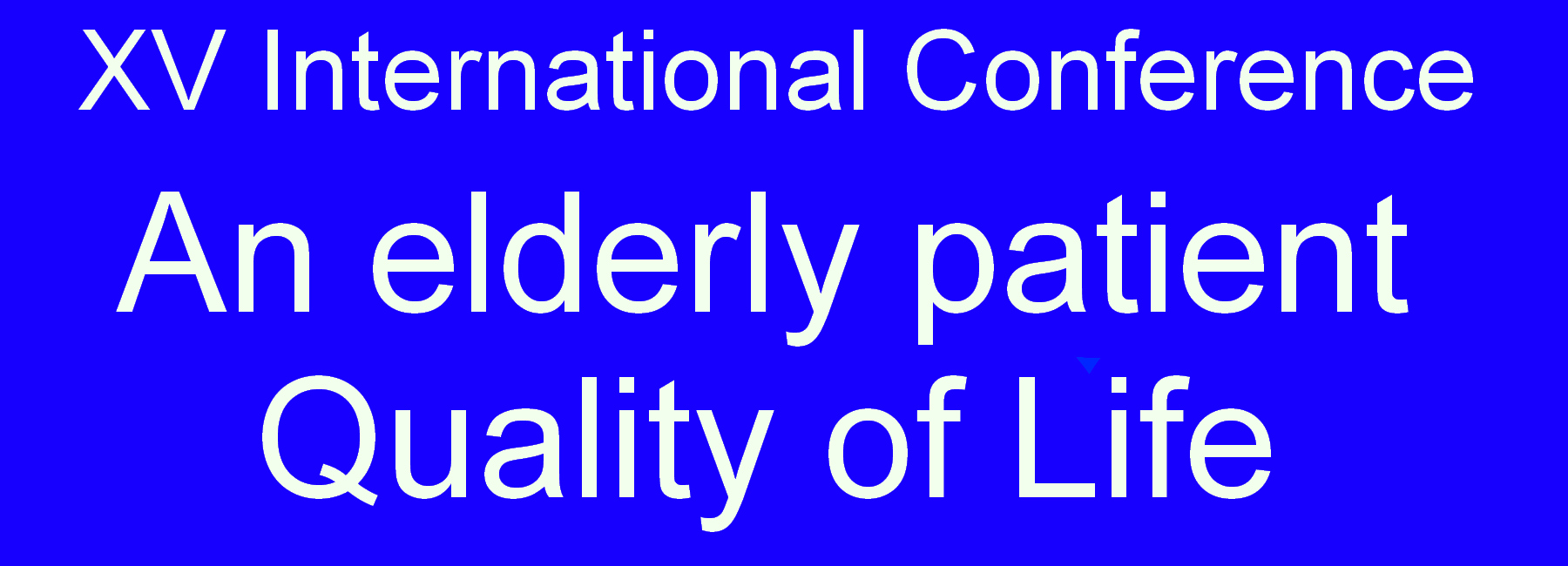- Russian
- English
- Français
Furber’s Diagram Problems
In our viewpoint, at Furber’s Diagram the key aspects (aging process) and secondary aspects (multiple processes of organism life activity) are mixed up. The Diagram does not clearly distinguish central aging process (some of its stages are reflected therein, and others are not). Instead, normal organism processes which indirectly provoke aging, are described in fulsome detail. This mistake is also reflected in the title. Furber’s diagram is entitled “ Systems Biology of Human Aging - Network Model. Biochemical and Physiological Interactions”. Biological interactions are represented there in too much detail. And human aging appeared to be relegated to the background (even in regard to the blocks number, as we shall see).
Let us give some examples to illustrate this problem. In the legend, there are two blocks, “Gradual Accumulation of Increase in Quantity or Mass with Aging” and “Gradual Loss ot Decrease of Mass with Aging”. These blocks describe age-related changes, that is, aging processes. All other processes represented at the Diagram, related to formation and accumulation of various molecules and substances, changes in organelles state, etc., are normal metabolic processes.
I have marked with pink colour the processes at the Diagram that are directly related to age-specific changes (see video and photos). At the top part of the Diagram where endocellular changes are represented, there are just few such age-specific changes – only 14 of them. Speaking of a cell as a whole, their number is growing. At the consequences stage, many parameters decrease, cells loses black substance, thymus involution and heart myocytes loss occur, etc. (that is, the loss of various kinds of cells). At the following stage, where tussues, organs, organism, physiology, pathology are described, a wide range of various age-specific changes are already manifested - pulmonary emphysema, heart seizure, etc.
What is the Diagram weakness here? The major disadvantage is that, looking at the Diagram in general (viewing it at the top level), we just do not see any “aging base line“ , we cannot even clearly distinguish elementary aging cause-and-effect relations. Two kinds of relations are mixed up at the Diagram – arrows, designating cause-and-effect ralations, and arrows designating substance transport. Certainly, the both kinds of relations are important, but when they are represented at the same diagram some confusion occurs.
As an example, I mentioned one of important aging processes related to lipofuscin accumulation, and the three ways it leads to increased ROS production and cells fuctioning disruption. When we see such relations, it becomes clear what aging process consists of. Another examle of an important interrelation is the accumulation of nuclear proteins defects resulting in cells division inhibition which leads to the reduction of stem cells division, in turn resulting in the increased apoptosis and necrosis rates and the lack of substitutes for lost cells. Seeing it at the Diagram, we can understand another important part of aging process.
What would provide the development of a complex aging diagram and even of the general theory of aging? Certainly, it is the description of overall cause-and-effect relations explicitly demonstrating where aging starts, what phenomena and processes are at the input and what at the output. As to Furber’s diagram, at the output (at the very bottom of the diagram) there many aging consequences are shown, but the organism death is not represented, that is, it is not demonstrated what are aging final results. This is a grave mistake in itsels, as it turns the diagram into the description of normal fuctioning of an immortal infinitely aging organism. Damages occur, the system fuctioning is deteriorating but the organism does not die.
However, even a greater problem is related to input effects at the diagram. All of them are subjects for medical intervention and not aging causes. At this diagram we cannot see the way aging occurs, and, moreover, we do not see where it starts.
Another problem of the diagram is its division into compartments (cells sections), due to which aging processes go not from the top downward in accordance with cause-and-effect relations, but in different directions in a rather arbitrary and confusing way.
Another disadvantage is the reflection of feedback links at the diagram. Certainly, there are feedback links in aging process, but when they are shown alonside with direct processes, it impedes the distinction between the feedback links and direct processes. In the result, it is impossible to understand what is the basic process and what aspects only intensify (or, vice versa, restrain) it. If these disadvantages are corrected, the direct diagram will be obtained which may be used for aging analysis. It is an approximately similar diagram (but much more complete and detailed) that we are developing now.
Is there anything valuable in Furber’s diagram that we can use? We can use some examples for the verification of our diagram and concepts, in order to understand whether we have left out anything. However, considering the fact that in Furber’s diagram only 15 blocks at the cellular level and approximately the same number of blocks at the whole cell level are directly related to aging, our Diagram will evidently be more complete and comprehensive, not to mention that it will more explicitly demonstrate cause-and-effect dependences that are the factors provoking aging.




